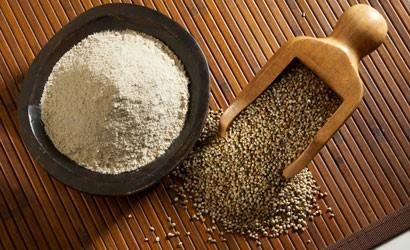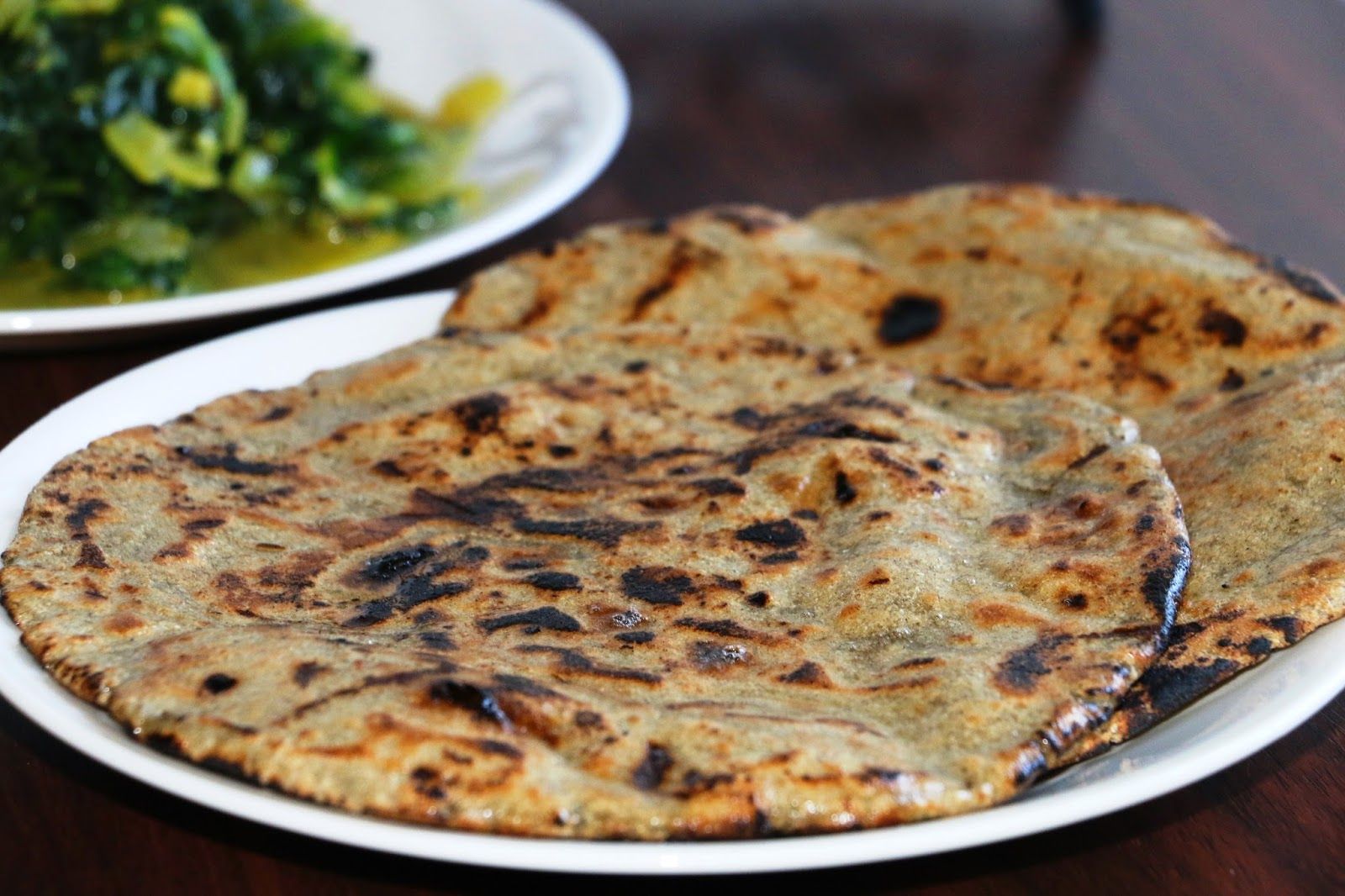In a world that is increasingly catching up with the latest dietary trends, we take you back to our roots, reminding you of dietary practices which have sustained Bharatiya civilization and humanity since centuries. By Bansi Gir Gauveda
Bajra is the perfect food to add to your regular diet as we approach winters. We discuss the history of this amazing grain, its nutritional profile and benefits, and some precautions to take while consuming it.
When did Bajra originate?
Bajra has been cultivated in Bharat since before 3,300 BCE, and in the African continent even before that. It is one of the most versatile crops that can grow even in tough growing conditions characterized by drought, low soil fertility, high salinity and high temperatures, where other cereal crops such as maize or wheat would not survive. Bharat is the largest producer of Bajra, which accounts for 50% of world millet production.
Nourishing Humanity since centuries
Bajra is a high energy food, a 100 gm serving provides 361 kcalories. It is high in carbohydrates, protein, B vitamins, iron, calcium, zinc, potassium and copper. Bajra has high amounts of iron and calcium, and is hence excellent for people with anemia or calcium deficiency. A meal containing Bajra can be complemented with fresh winter greens (such as spinach or fenugreek) and lemon for boosting overall mineral profile and iron absorption.
According to Ayurveda, Bajra has the following qualities -
1) Great for kapha dosha – Bajra has the ability to balance kapha dosha, while it may increase vata and pitta dosha. Though its vata and pitta producing quality can be neutralized when it is taken along with desi gau ghee. In Bharat, it has been customary in villages to consume Bajra with desi ghee, as each of these foods complements the other bringing synergistic benefits in improved digestion and strength.
2) Improves body heat – Bajra is heating in nature, and is hence extremely beneficial during winters. A meal containing Bajra can be combined with a cooling spice like organic fennel seeds, organic vegetables cooked in oily substances like desi gau ghee or organic cold pressed sesame oil to reduce its excessive heating and drying qualities.
3) Increases strength – Bajra is excellent to increase body strength particularly when consumed with desi gau ghee and organic jaggery. This can be seen in the context of modern scientific research which proves that Bajra has high amounts of protein and bio available minerals such as iron and calcium which help to build healthy blood cells, bones and muscle.
How to use Bajra - we recommend lip smacking roti's
Bajra can be used in a variety of ways. It is primarily used as a flour to make delicious roti’s or multigrain khichdi's. It can be combined with jav or jowar (sorghum) flour or consumed with desi gau milk to reduce its heating quality. Bajra is generally consumed with desi gau ghee and makes an excellent meal when combined with fresh winter greens like palak and methi.
Precautions
Bajra is heating in nature and may be difficult to digest for people with a vata or pitta prakriti, and should hence be consumed in moderation or wisely combined with other foods to offset its heating effects as described in the article above.
To buy online –


